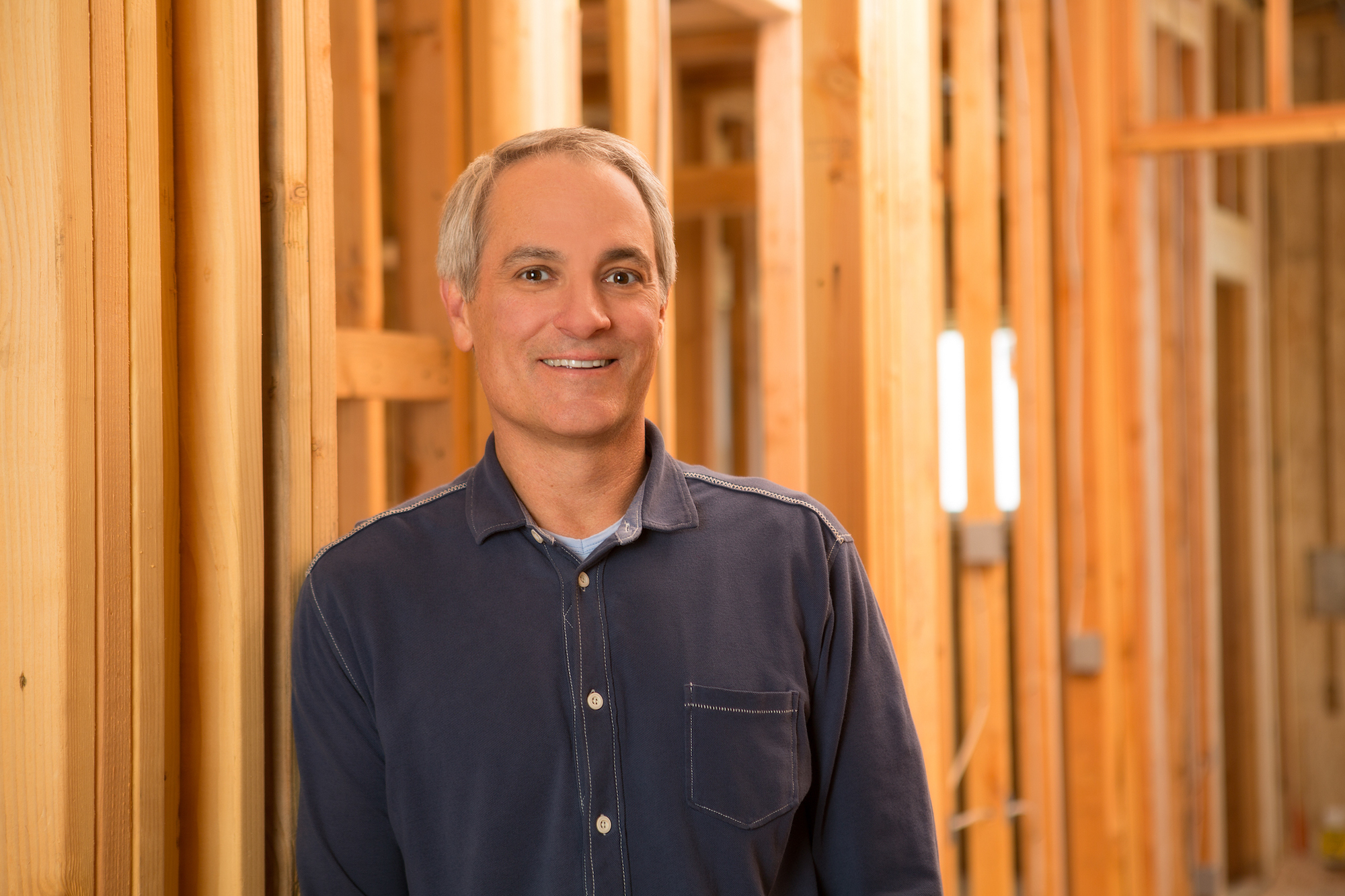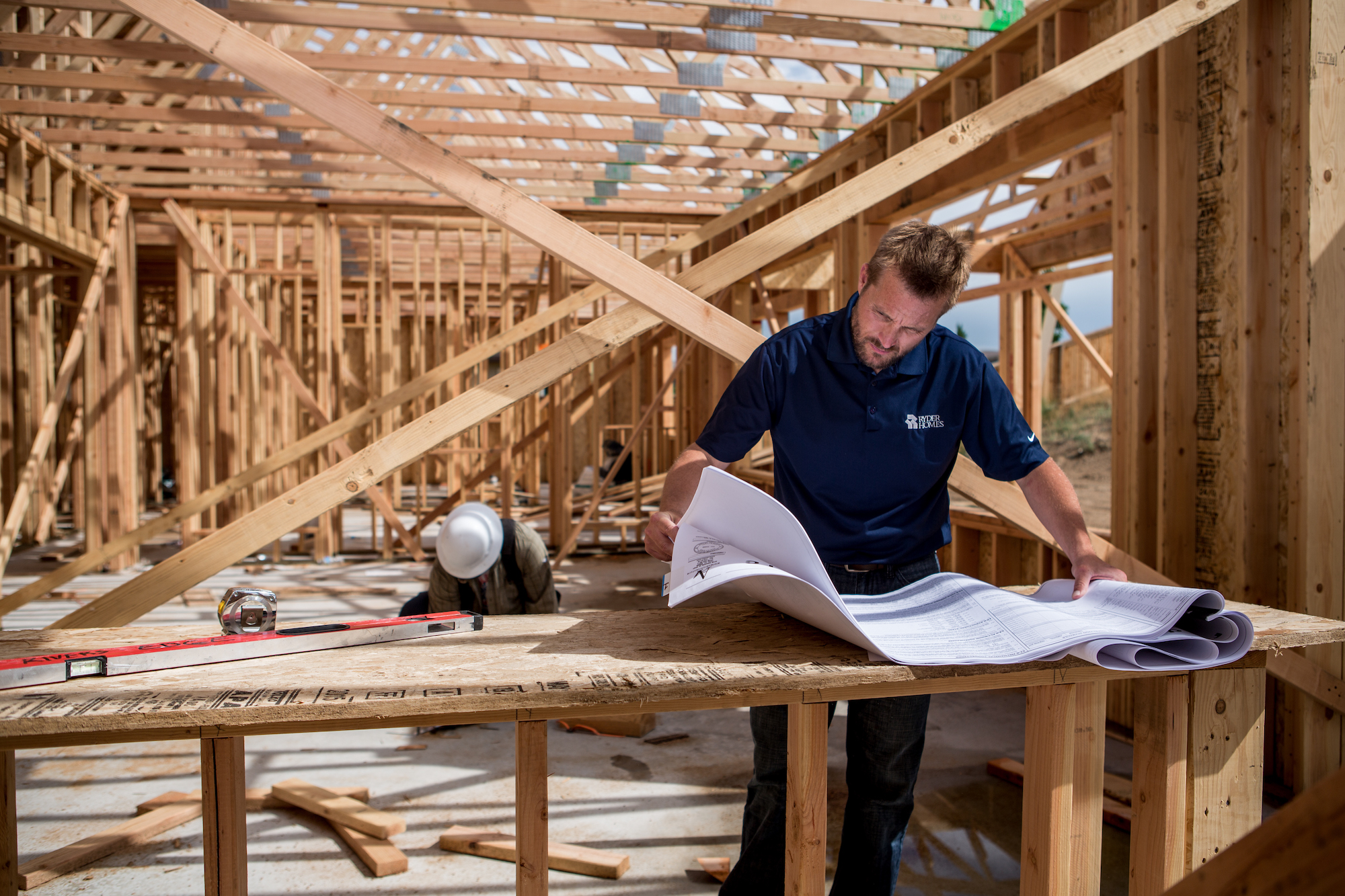In this 2018 photo, crews with HomeCrafters work on a home in the Pine Bluff at Caughlin Ranch community, which the Reno-based homebuilder completed in 2020. Courtesy Photo
 Troy Means, co-owner of HomeCrafters, says building costs have increased $70,000 to $85,000 per home compared to pre-pandemic levels. Courtesy Photo
Troy Means, co-owner of HomeCrafters, says building costs have increased $70,000 to $85,000 per home compared to pre-pandemic levels. Courtesy Photo
 In this 2015 photo, Steve Thomsen, general manager at Ryder Homes, looks at blueprints at the site of the company’s Shadow Ridge housing project in Spanish Springs. Courtesy Photo
In this 2015 photo, Steve Thomsen, general manager at Ryder Homes, looks at blueprints at the site of the company’s Shadow Ridge housing project in Spanish Springs. Courtesy Photo
Comments
Use the comment form below to begin a discussion about this content.
Sign in to comment